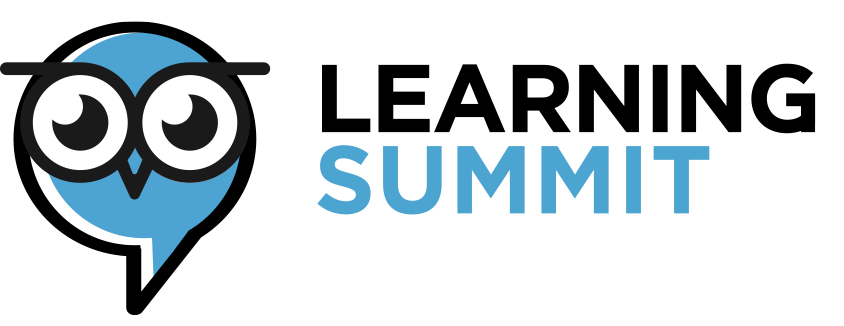How AI Can Boost Employee Productivity?

How AI Can Improve Employee Productivity: AI Agents, LLMs, and Multimodal Tools
Businesses face constant pressure to boost employee productivity. Enter Artificial Intelligence (AI)—the ultimate tool to streamline workflows, reduce wasted time, and empower employees to focus on what matters most.
In this Learning Summit Podcast episode, Sean Gilligan, founder of Webanywhere, explains how AI agents, Large Language Models (LLMs), and multimodal AI are transforming workplace productivity. Below is the full transcript of this insightful conversation.
Alex (Host):
Welcome back to the Learning Summit Podcast. Today we’re diving into a topic that’s transforming the future of work: how AI can enhance productivity for employees.
I’m joined by Sean Gilligan, founder of Webanywhere and a leading voice in AI and education technology. Sean, great to have you here.
Sean Gilligan:
Thanks, Alex. It’s a pleasure to be here. AI is unlocking so much potential for employees and businesses, so I’m excited to share some insights today.
AI Agents: Connecting the Dots Across Systems
Alex:
Let’s start with the basics. Productivity often breaks down when employees spend time searching for information across different platforms—like Salesforce, Jira, and Google Workspace. AI Agents seem like the solution. Can you explain what they are?
Sean:
Absolutely. AI agents—like Google’s Agentspace—act as smart assistants that connect data across systems. Instead of toggling between apps, employees can simply ask an AI agent to pull the information they need.
For example, you could ask, “What’s the status of Project X?” and the AI agent will fetch Jira tickets, updates from Salesforce, and notes from Google Docs. It provides a single, instant summary, eliminating the need to search manually.
Alex:
That’s a huge time-saver. I’ve read that employees spend up to 30% of their day just searching for information.
Sean:
Exactly, Alex. AI agents give that time back, allowing employees to focus on strategic tasks—like decision-making, problem-solving, and innovation.
Training LLMs on Your Own Data
Alex:
The next game-changer is Large Language Models (LLMs). Businesses are now training models like OpenAI’s ChatGPT, Claude by Anthropic, or Google Gemini on their own company data. How does this improve productivity?
Sean:
Great question. Off-the-shelf LLMs are already powerful, but when you train them on your specific data—like company policies, internal knowledge bases, or product details—they become far more tailored and relevant.
For instance, a customized LLM can:
• Generate highly accurate reports.
• Answer employee questions about workflows and protocols.
• Streamline customer support with instant, data-specific responses.
Alex:
That sounds like a win for security too.
Sean:
Absolutely. Training LLMs on your data in a secure environment means sensitive information stays in-house. Businesses are essentially creating their own private AI ecosystems that are tailored, secure, and incredibly useful.
Alex:
And when businesses are choosing between tools like ChatGPT, Claude, or Gemini, what factors should they consider?
Sean:
It depends on their use case.
• ChatGPT is versatile and well-rounded.
• Google Gemini integrates seamlessly with Google Workspace, so it’s great for businesses already using Google tools.
The right model depends on your needs and existing systems.
Multimodal AI: Voice, Video, and Live Collaboration
Alex:
You also mentioned multimodal AI, which seems to be a big trend. Can you explain how it helps employees?
Sean:
Of course. Multimodal AI means models don’t just process text—they handle voice, video, and images too. This opens up new ways to improve collaboration and productivity.
Imagine you’re in a virtual meeting. An AI tool can:
• Analyze video feeds in real-time.
• Generate instant meeting summaries and action points.
• Process shared screens to extract key information.
It’s like having an AI assistant watching, learning, and summarizing everything for you.
Alex:
So AI could watch a live presentation, generate notes, and even pull insights?
Sean:
Exactly! This is especially useful for remote teams. Platforms like Watch and Learn already enable these capabilities—creating automatic transcripts, summaries, and action plans after meetings.
This ensures nothing is missed, and employees can focus on discussions instead of note-taking.
Getting Started with AI
Alex:
Sean, you’ve shared so many powerful insights: AI agents connecting systems, LLMs tailored to company data, and multimodal tools enhancing collaboration. For businesses ready to get started, where should they begin?
Sean:
Start small and practical. Identify bottlenecks in workflows—like time wasted searching for information or summarizing meetings. Pilot AI tools to solve those problems.
Once you see the impact, you can expand AI across other processes. The goal is to empower employees, not replace them. AI gives them the tools to be more efficient, creative, and strategic.
Alex:
Fantastic advice. For our listeners who want to explore AI solutions for their teams, visit webanywhere.com—Sean’s team is doing incredible work in this space.
Sean, thanks for joining us.
Sean:
Thanks, Alex. It’s been great.
Alex:
And that’s a wrap for this episode of the Learning Summit Podcast. Stay tuned for more insights on the future of work and technology. See you next time!
AI Agents streamline workflows by connecting data across tools like Jira, Salesforce, and Google Workspace, saving valuable time. Custom-trained LLMs deliver tailored, secure, and highly relevant outputs by leveraging your company’s data. Multimodal AI enhances collaboration through live video analysis, automatic transcripts, and real-time summaries. To get started, focus on solving specific productivity challenges with AI and scale gradually for maximum impact.
